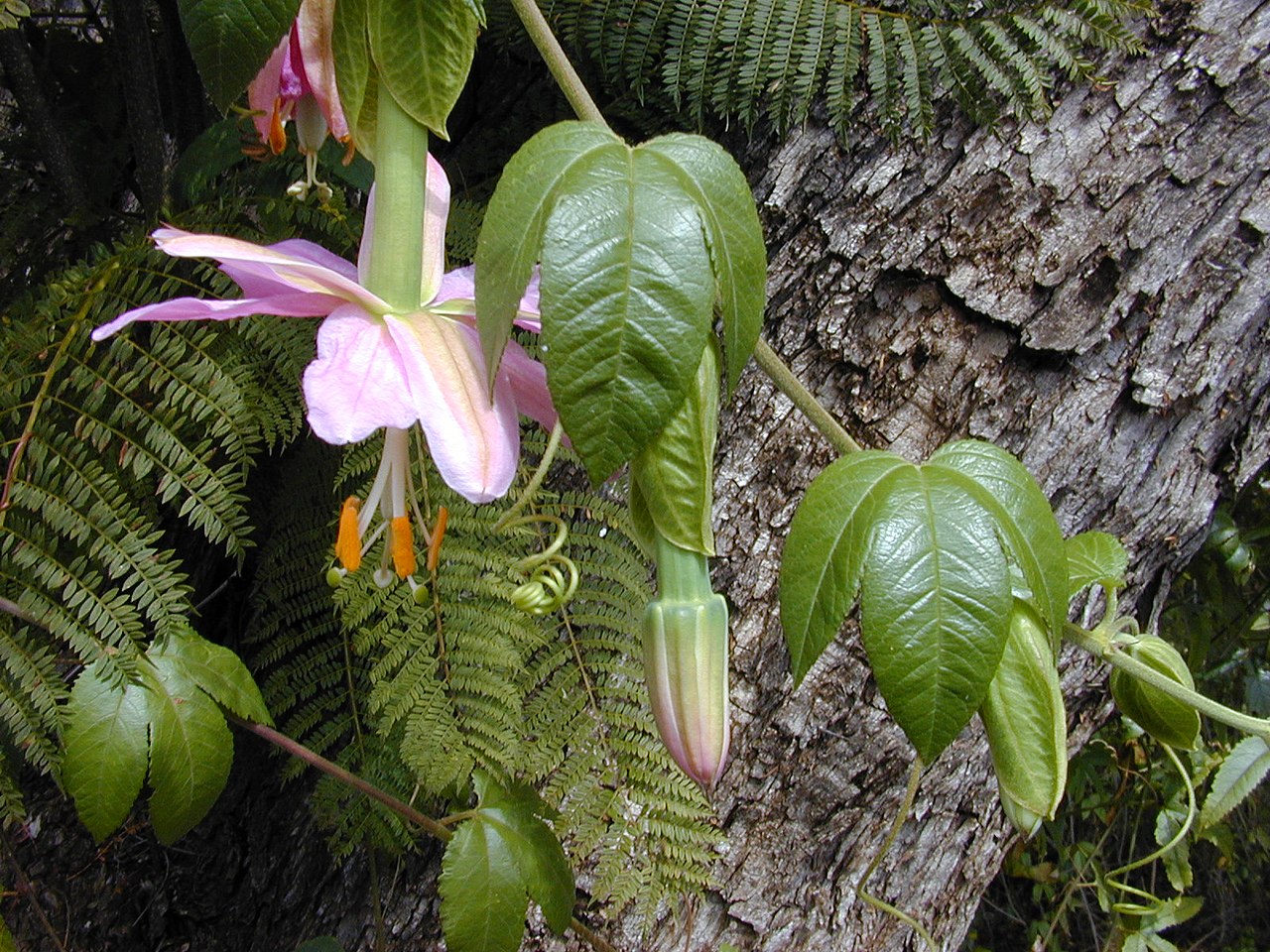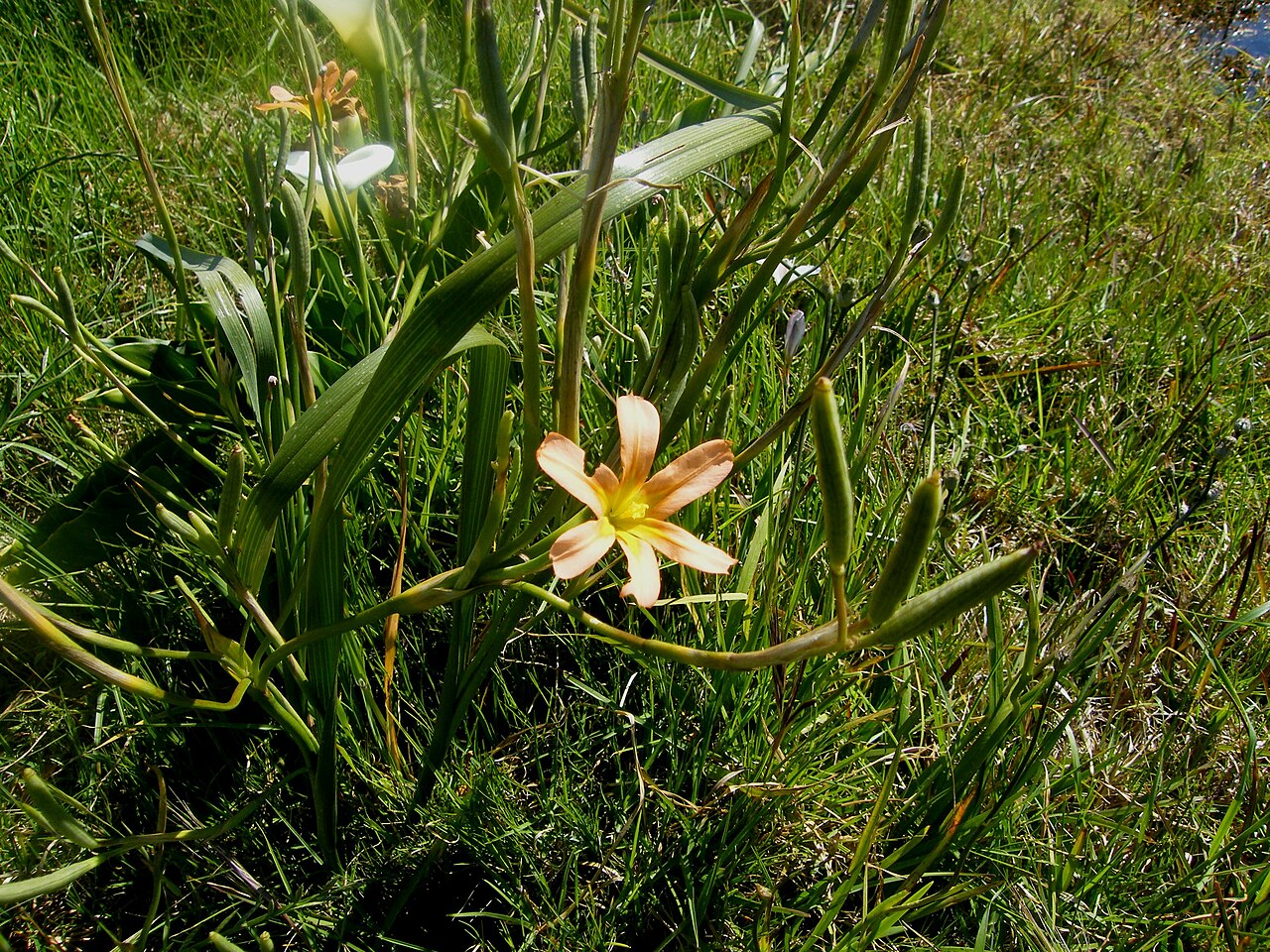
Common Name
Green Panic Grass, Hunyanigrass, Rhodes chloris, windmill grass, Rhodesian blue grass or African Rhodes Grass.
Scientific Name
Chloris sp.
Family
Poaceae
Lifecycle
Perennial
Seasons of Growth
Year-round
Key Distinguishing Feature
Grass with feathery seed heads
• Growth Form: Rhodes Grass is a tufted grass that can grow to heights of 1 to 2 meters (3 to 6.5 feet). It has a bunchgrass growth habit.
• Leaves: The leaves are long, narrow, and typically have a green to bluish-green colour. They are often covered in soft hairs, giving them a velvety texture.
• Flowers: The flowering stems (inflorescences) are composed of spikelets that bear small, slender flowers. The inflorescences may vary in colour, including green to purplish.
• Seeds: Rhodes Grass produces small, light brown to yellowish seeds.
• Habitat: Rhodes Grass is commonly found in a variety of habitats, including pastures, grasslands, and disturbed areas. It is native to Africa but has been introduced and cultivated in other regions for forage purposes.
Ecological Impact:
• Rhodes grass (Chloris gayana ) is regarded as an environmental weed in parts of Queensland, the Northern Territory and New South Wales. It was recently listed among the top 50 invasive plants in south-eastern Queensland, where it spreads from roadsides and pastures to invade native bushland and rainforest margins.
Its tolerance of a wide range of conditions and its ability to rapidly reproduce, combined with its capacity to smother native ground cover species and form almost pure stands, has led to its developing reputation as an invasive species. Rhodes grass (Chloris gayana ) is actively managed by community groups in the Northern Territory and is listed as a priority environmental weed in at least one Natural Resource Management region.
It is also on the New South Wales North Coast environmental weed list and is regarded as an environmental weed in the wider Sydney and Blue Mountains region. In New South Wales it is known to replace native vegetation, particularly at disturbed sites, and is regarded as one of the perennial grasses that contributes to the "key threatening process" of "invasion of native plant communities by exotic perennial grasses".
Control Methods:
• Control of Rhodes grass often involves a combination of mechanical, chemical, and cultural methods.
• Mechanical methods include hand-pulling, mowing, or grazing with livestock that can consume the plant.
• Herbicides may be used for control, but care must be taken to use them safely and effectively, following local regulations.
• Preventing the establishment and spread of Rhodes grass through early detection and removal is important.
Remember that the effectiveness of control methods may vary depending on the specific conditions and the extent of the Rhodes grass infestation. It is important to consult with local agricultural extension services, weed management experts, or environmental agencies for guidance and recommendations tailored to your specific location and objectives.




